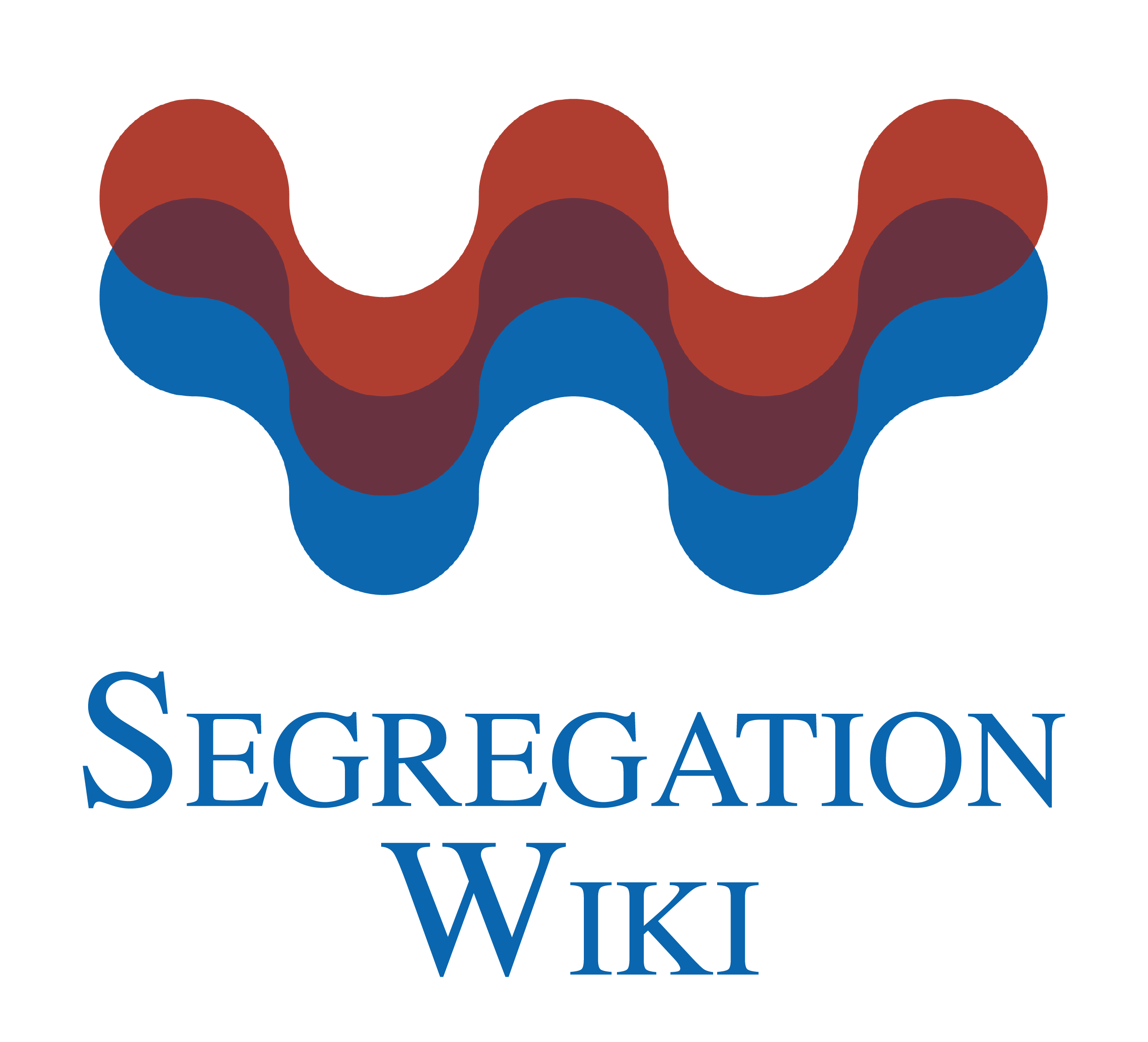Static spatial segregation: Difference between revisions
(Creating page) |
(Creating page) |
||
| Line 15: | Line 15: | ||
None | None | ||
[[File:static_spatial_segregation.png|780x780px]] | [[File:static_spatial_segregation.png|780x780px]] | ||
For the complete network of associated segregation forms, see: | |||
clusters https://tinyurl.com/2d8wg5n3 | |||
year of publication https://tinyurl.com/2235lkhw | For the complete network of associated segregation forms, see: | ||
betweenness centrality https://tinyurl.com/223udk5r | |||
disciplines where segregation forms first appeared https://tinyurl.com/244d8unz | clusters https://tinyurl.com/2d8wg5n3 | ||
year of publication https://tinyurl.com/2235lkhw | |||
betweenness centrality https://tinyurl.com/223udk5r | |||
disciplines where segregation forms first appeared https://tinyurl.com/244d8unz | |||
==References== | ==References== | ||
==Notes== | ==Notes== | ||
Revision as of 07:46, 26 September 2024
Date and country of first publication[1]
2023
China
Definition
Static spatial segregation refers to the persistent separation of different social groups in physical space. It occurs when individuals from different backgrounds or social groups are physically isolated from one another and live in distinct residential areas or neighborhoods. This separation can be based on factors such as income, race, ethnicity, or occupation.
Static spatial segregation can have several negative consequences, including the perpetuation of inequalities and the reinforcement of social divisions. It can lead to the concentration of poverty or wealth in certain areas, exacerbating socioeconomic disparities. Additionally, static spatial segregation can limit access to resources and opportunities for individuals living in marginalized neighborhoods, further restricting their social mobility.
Efforts to reduce static spatial segregation often involve implementing policies and initiatives aimed at promoting diversity and integration in neighborhoods. These may include affordable housing initiatives, zoning changes, or educational programs designed to encourage interaction and understanding between different social groups.
See also
Related segregation forms
Static spatial segregation is frequently discussed in the literature with the following segregation forms:
None File:Static spatial segregation.png
For the complete network of associated segregation forms, see:
clusters https://tinyurl.com/2d8wg5n3
year of publication https://tinyurl.com/2235lkhw
betweenness centrality https://tinyurl.com/223udk5r
disciplines where segregation forms first appeared https://tinyurl.com/244d8unz
References
Notes
- ↑ Date and country of first publication as informed by the Scopus database (December 2023).
At its current state, this definition has been generated by a Large Language Model (LLM) so far without review by an independent researcher or a member of the curating team of segregation experts that keep the Segregation Wiki online. While we strive for accuracy, we cannot guarantee its reliability, completeness and timeliness. Please use this content with caution and verify information as needed. Also, feel free to improve on the definition as you see fit, including the use of references and other informational resources. We value your input in enhancing the quality and accuracy of the definitions of segregation forms collectively offered in the Segregation Wiki ©.
